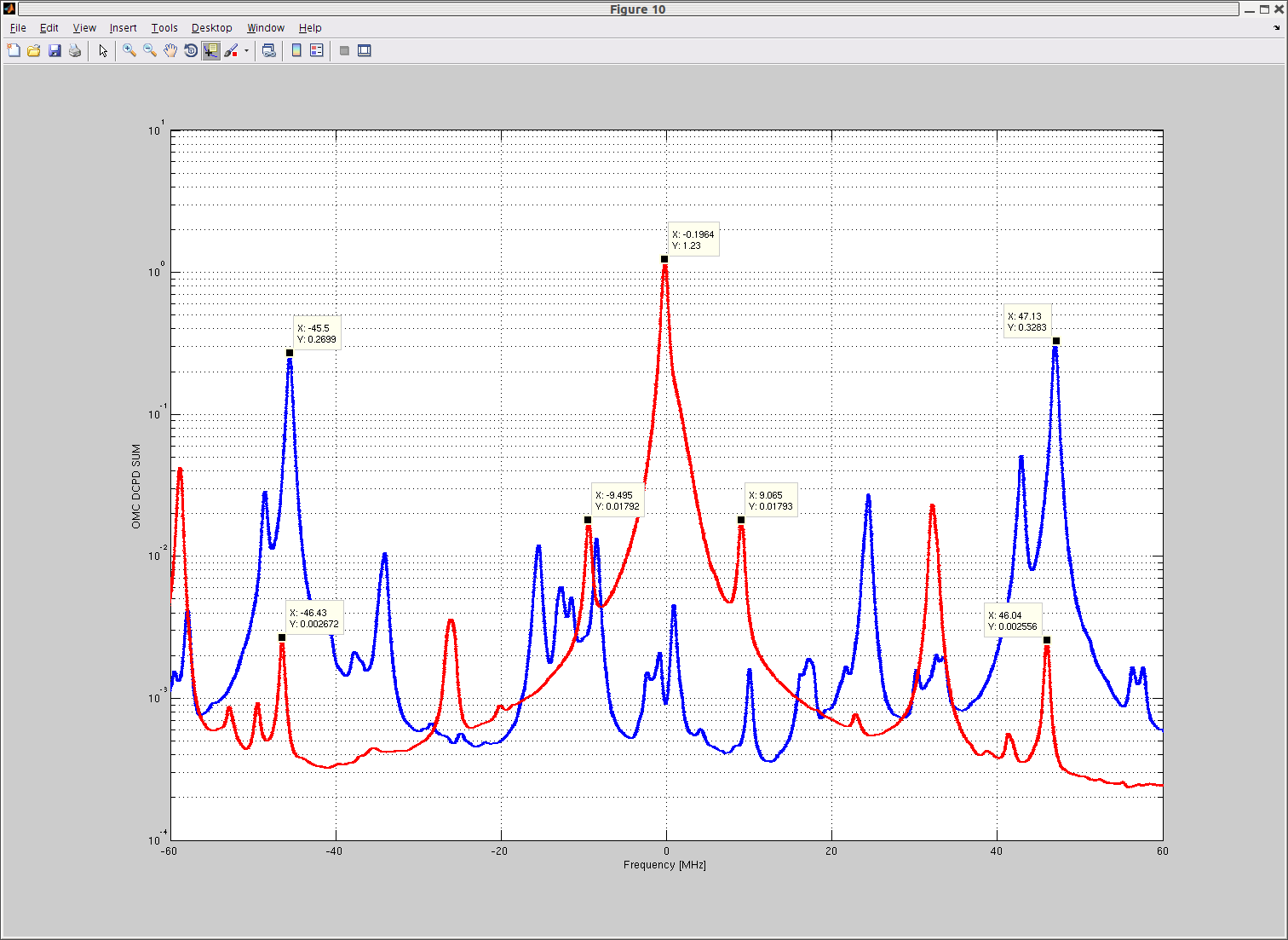This is a follow up of 14209.
The trouble with the whitening was due to sub-standard quality of the DB37 connector shell of the binary IO cable.
The connector doesn't fully seat even if you tighten the connector screws, you need to physically press the shell hard towards the chassis to properly seat it. Once seated, the problem is gone until you give the cable one hard jiggling.
Once I removed the shell from one of the cables, it was easy to fully seat the connector and the whitening worked correctly even when I jiggled the cable multiple times. I removed the shell from all EY WFS BIO cables (but not from QPD BIO as they are working).
We have many of these connectors, but DB37 seems to be most problematic because the cable is very thick and gives the connector some good torque depending on how it's angled.
This type of DB37 connector shell has another problem, which is that the cable is so thick it's sometimes difficult to correctly put the shell halves together, as was documented by 12795.
At the very least, these shells need to be replaced with something more reliable. Or cables remade.




















